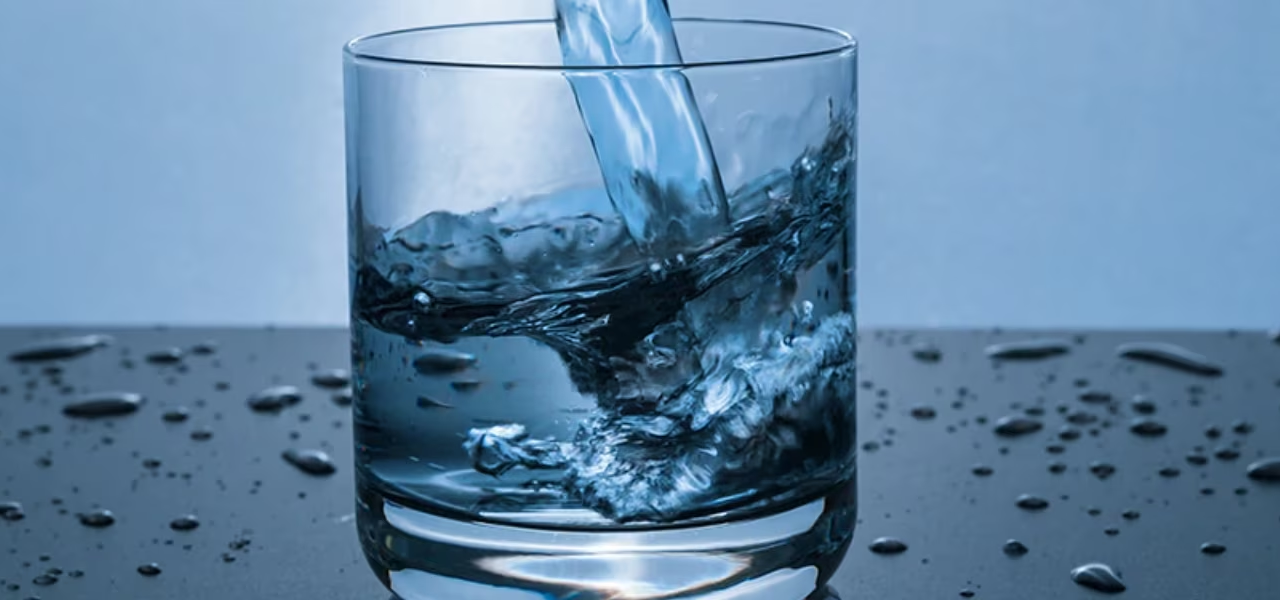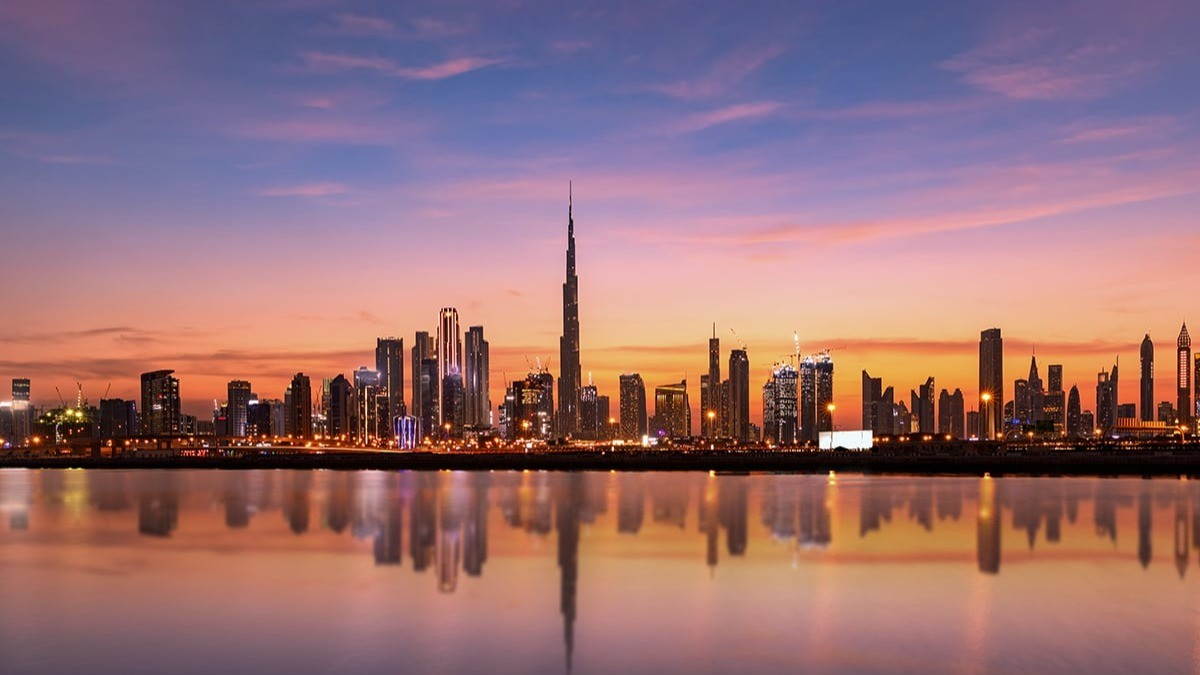Now Reading: Waterborne Diseases Are Rising Fast: How to Stay Safe 2025
-
01
Waterborne Diseases Are Rising Fast: How to Stay Safe 2025
Waterborne Diseases Are Rising Fast: How to Stay Safe 2025

Table of Contents
Access to clean and safe drinking water is a basic human right, yet millions of people around the world still suffer from waterborne diseases. These diseases are caused by microorganisms such as bacteria, viruses, and parasites that contaminate water sources. While they are more common in low-income regions, waterborne diseases can occur anywhere due to poor water management, natural disasters, or aging infrastructure.
According to the World Health Organization (WHO), over 2 billion people globally use drinking water that is contaminated with feces. The consequences of consuming such water are severe and can include diarrhea, cholera, typhoid fever, dysentery, hepatitis A, and more.
This article explores the causes, common types, impact, and prevention strategies related to waterborne diseases, offering essential insights for households, policymakers, and health workers.
What Are Waterborne Diseases?

Waterborne diseases are illnesses caused by pathogens that are transmitted through contaminated water. These diseases often spread when people consume or come into contact with unsafe water used for drinking, cooking, washing, or recreation. In many cases, the contamination comes from human or animal waste, particularly in areas without adequate sanitation systems.
The most vulnerable populations include young children, elderly people, individuals with weakened immune systems, and communities living in poverty.
Common Waterborne Diseases You Should Know
- Cholera: Caused by the bacterium Vibrio cholerae, cholera is a highly infectious disease that leads to severe diarrhea and dehydration. Without immediate treatment, it can be fatal within hours.
- Typhoid Fever: This disease is caused by the Salmonella typhi bacterium. Symptoms include prolonged fever, fatigue, stomach pain, and constipation or diarrhea. Typhoid is usually spread through contaminated drinking water or food.
- Hepatitis A: This viral infection affects the liver and is transmitted through ingestion of contaminated food or water. It can cause jaundice, nausea, and fatigue, and while it rarely leads to long-term damage, it can be very serious.
- Giardiasis: Caused by a parasite called Giardia intestinalis, giardiasis spreads through drinking contaminated water or consuming uncooked food washed in such water. It leads to diarrhea, stomach cramps, and bloating.
- Dysentery: Both bacterial and amoebic dysentery are spread through unsafe water. This infection causes inflammation of the intestines and results in bloody diarrhea and severe dehydration.
- Cryptosporidiosis: A microscopic parasite known as Cryptosporidium causes this disease. It’s resistant to many standard water treatment methods, making it a serious risk even in developed countries.
How Do These Diseases Spread?
Waterborne diseases spread in various ways, including:
- Drinking contaminated water
- Eating raw or undercooked food washed with polluted water
- Bathing or swimming in contaminated water bodies
- Poor hand hygiene, especially after using the toilet
- Floods and natural disasters that compromise sanitation systems
In urban areas, aging pipelines and sewage leaks can mix with drinking water supplies, while in rural areas, open defecation and lack of infrastructure play a big role.
Impact on Health and Society
Waterborne diseases take a huge toll on health systems, especially in low-income countries. Diarrheal diseases alone are responsible for the deaths of nearly 500,000 children under the age of five every year, according to UNICEF.
The burden of disease affects education as children miss school days, and productivity decreases when adults are unable to work due to illness. Healthcare costs rise dramatically, and the overall quality of life deteriorates in affected regions.
Women and girls often suffer disproportionately, as they are typically responsible for collecting water and may spend hours each day finding a safe source. In emergencies, such as refugee camps or post-disaster settings, the lack of clean water leads to rapid disease outbreaks and heightened mortality rates.
Prevention and Solutions
- Improving Water Infrastructure
Governments and development agencies must invest in modern water treatment plants, pipelines, and sanitation facilities. Regular maintenance of existing infrastructure can help prevent contamination. - Boiling and Filtering Water
In areas where water quality is uncertain, boiling water or using certified water filters can kill or remove most pathogens. Point-of-use treatments like chlorine tablets are also useful. - Promoting Hygiene Practices
Washing hands with soap and clean water after using the toilet and before eating can reduce disease transmission by up to 50%. Public awareness campaigns are essential in encouraging hygienic behavior. - Community Education
Educating people about the dangers of using untreated water and training them in basic water purification techniques can go a long way in preventing outbreaks. - Rainwater Harvesting and Safe Storage
Collecting and storing rainwater in covered, clean containers can provide an alternative to contaminated groundwater or surface water. It’s especially useful in rural areas with little infrastructure. - Monitoring and Early Warning Systems
Governments should implement water quality monitoring systems and act promptly to contain outbreaks. Early detection can prevent widespread illness and save lives. - Vaccination
Vaccines are available for diseases like typhoid and hepatitis A. Vaccination programs can protect high-risk populations and travelers to endemic regions.
What You Can Do at Home
Even if you live in a developed country, waterborne diseases are still a threat during floods, plumbing issues, or when traveling. To protect yourself and your family:
- Drink water from safe, tested sources
- Avoid ice or uncooked food in high-risk areas
- Wash fruits and vegetables thoroughly
- Keep toilets and kitchens clean
- Store drinking water in clean, covered containers
Final Thoughts
Waterborne diseases remain one of the most preventable yet widespread public health threats in the world today. With simple interventions such as improved sanitation, clean water access, and hygiene education, millions of lives could be saved each year. Whether you live in a city or a village, awareness and action are key to staying safe and ensuring that clean water is not a luxury, but a right for all.
Governments, communities, and individuals must work together to fight the hidden enemy lurking in our most essential resource: water.
Read More:- Shobha Realty Launches Its Most Luxurious Project Yet—Full Details Inside 2025






















